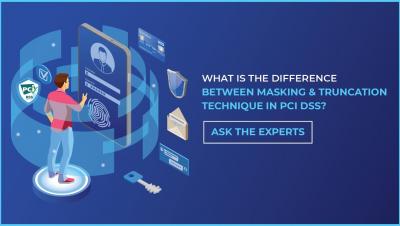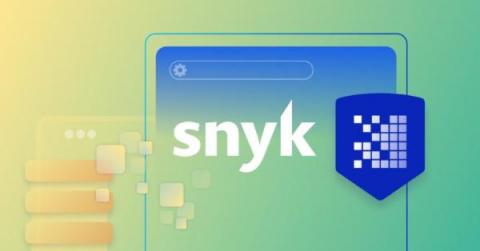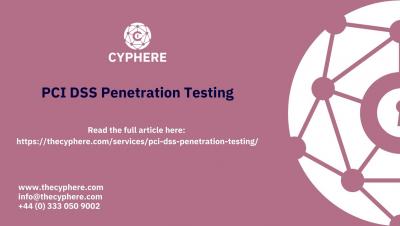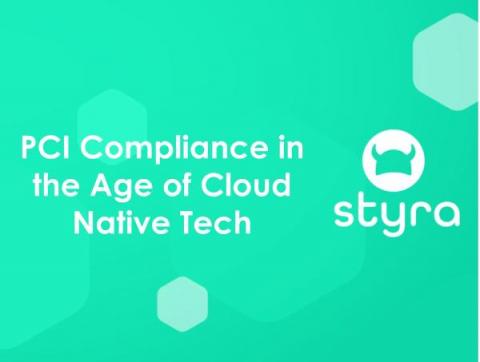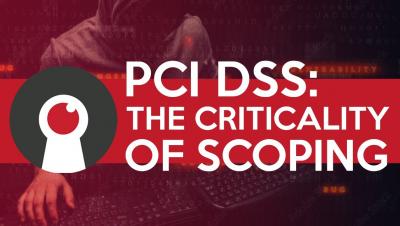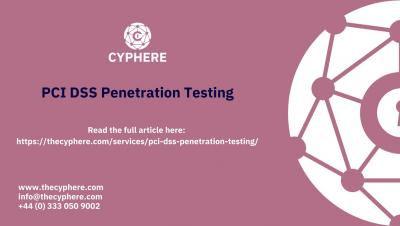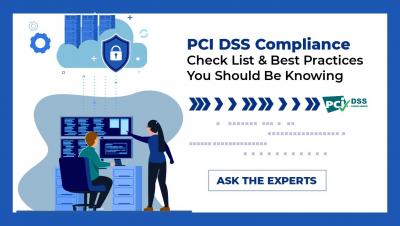File Integrity Monitoring for PCI DSS Compliance
File integrity monitoring (FIM) is essential for securing data and meeting compliance regulations. In particular, the Payment Card Industry Data Security Standard (PCI DSS) requires organizations to use FIM to help secure their business systems against card data theft by detecting changes to critical system files. This article explains these PCI DSS requirements and how to achieve compliance using FIM.




